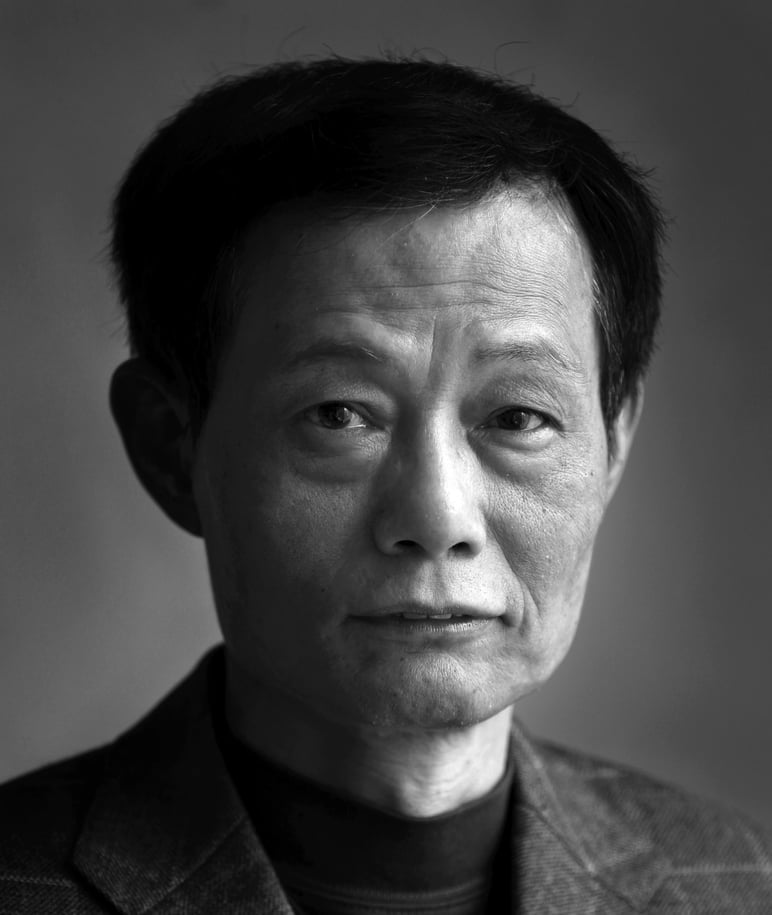
Hang on, investors – it’s still too early to cheer the start of China’s bull run
- Spurred by fiscal stimulus and a softening of its deleveraging campaign, China has seen a rebound in growth
- But despite the better-than-expected first-quarter GDP figures, it is too early to conclude that the economy is back on a sustainable recovering trajectory
Does the stabilisation of growth in the first quarter signal the bottom-up – the lowest point in a growth circle – or a full recovery of the Chinese economy?
Indeed, the 6.4 per cent year-on-year growth in gross domestic product (GDP) in the first quarter, released by the National Bureau of Statistics (NBS) last week, has brought at least a temporary steadiness over a long-spiralling downward trend.
China’s enviable economic growth had been tumbling from the recent peak of 14.23 per cent in 2007 to last year’s 6.6 per cent. And that trend picked up pace quarter-by-quarter since 2018. In the first quarter, the rate was 6.8 per cent; in the second it was 6.7, in the third 6.5 and in the fourth 6.4 per cent.
China must choose: growth or lasting economic health. It can’t have both
The surprisingly resilient Q1 data showed activities accelerated in March relative to the first two months of the year, as earlier estimates by economists suggested that China’s real growth had cooled to 5.3 per cent in January-February, based on the monthly indicators most tightly correlated with GDP.
While the rebound in growth is always welcome in the market, investors may have found some holes if they dig beneath the headline figures.
Economists believe the favourable seasonal and base effects have also played a part in the recovery.
However, activities in private investment and consumption hold the key to China’s growth, as the sector accounts for over 70 per cent of GDP, over 80 per cent of total urban employment and almost all the country’s innovations.
Fixed asset investment – which has often been a key signal for cyclical recovery – stabilised, growing 6.3 per cent in March 2019, up from 5.9 per cent a year ago.
China’s bid to boost economic growth will do more harm than good
In consumption, retail sales edged up in Q1 in nominal terms and softened somewhat in volume. Retail sales growth picked up from 8.2 per cent in January-February to 8.7 per cent in March in nominal terms, mainly due to price inflation. In terms of volume, retail sales in March softened considerably compared to the first two months of the year.
In the first quarter, sales of cars and mobile phones – the two most important consumer goods – slid by 11 per cent and 12 per cent, respectively.
Thus, the one-month recovery is far from solid and sustainable, as seasonally adjusted quarter-on-quarter GDP growth slowed to 1.4 per cent in Q1 from 1.5 per cent in Q4 last year. Nominal GDP growth eased to 7.8 per cent year-on-year in Q1 from 9.2 per cent in Q4 2018. The full-year growth for 2018 was 9.7 per cent.
While the better-than-expected data might give a brief break in the downward spiral, it is still too early to come to the conclusion that the Chinese economy is back on a sustainable recovering trajectory.

The markets have already factored in such optimism. The CSI 300 index, which tracks the share prices of China’s biggest listed companies, is up by more than 30 per cent since the start of the year. The bullish sentiment this year has in effect recovered the 24 per cent loss in the index last year when the trade war began in earnest in May 2018.
Still, it is premature for investors to cheer the dawning of a bullish circle as uncertainties remain, as do challenges that must be dealt with.
While policy support and stimulus would alleviate short-term pain, it is debatable whether such measures would work for long-term economic health.
As China chases growth, pollution and poverty will take a back seat
Now the more pressing question is how much of this new credit is being injected into the real economy, and how much of it is flowing into speculative financial markets given the sharp rise in stocks and commodities prices, and the surge in property sales. This explains why policymakers have subtly changed their tone lately.
The Party’s Politburo ended its policymaking meeting on April 19 with calls for more focus on improving the efficiency of fiscal stimulus and pushing forward structural reforms.
Yes, structural reforms and market liberalisation to restructure party-led state capitalism and build a level playing field for all – which will help reinvigorate the private business sector – are the key to a lasting recovery of sustained growth. ■
Cary Huang is a veteran China affairs columnist, having written on this topic since the early 1990s

